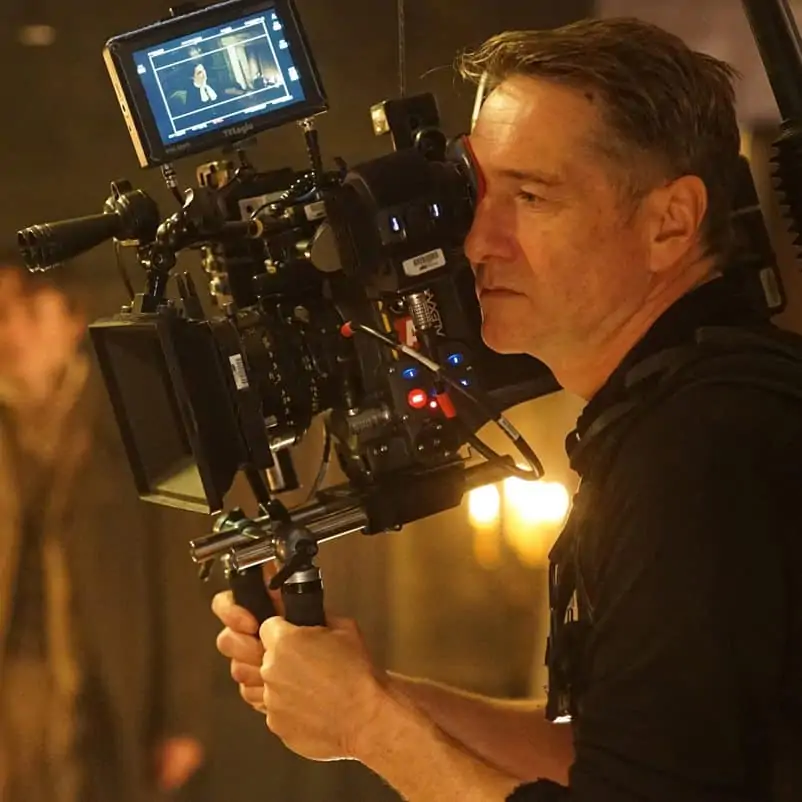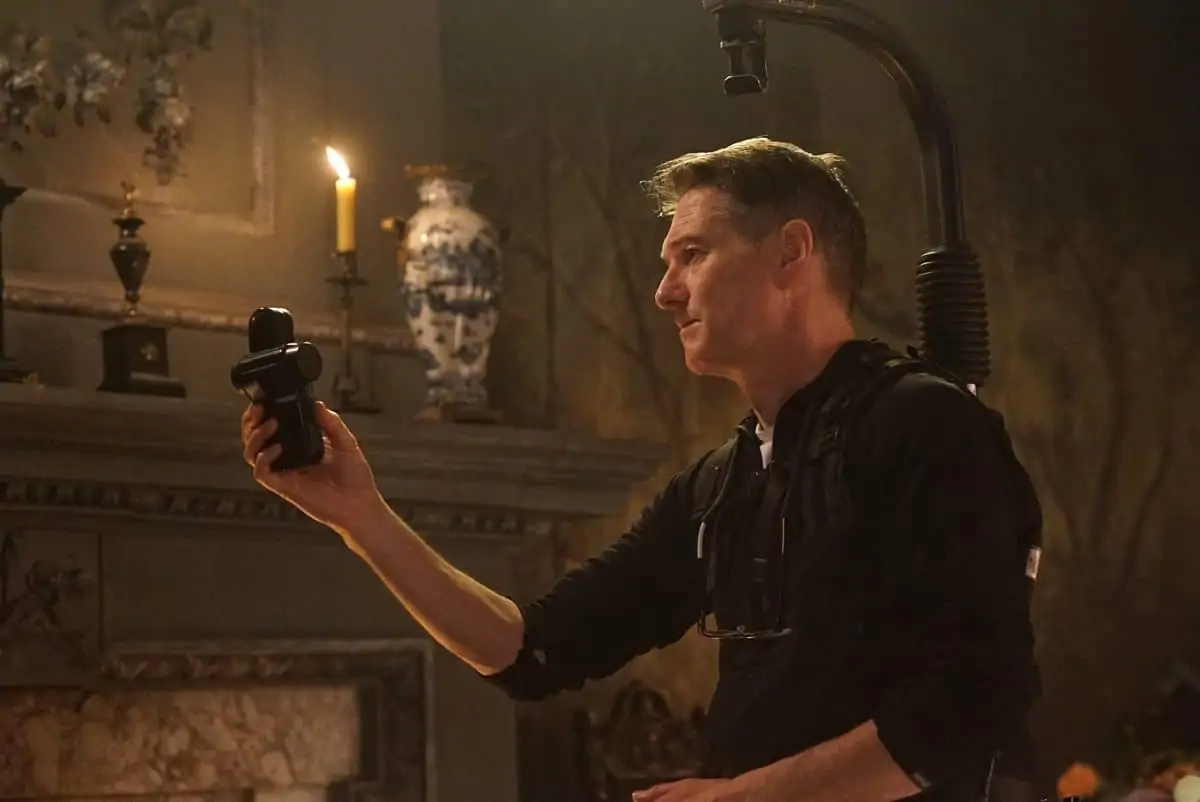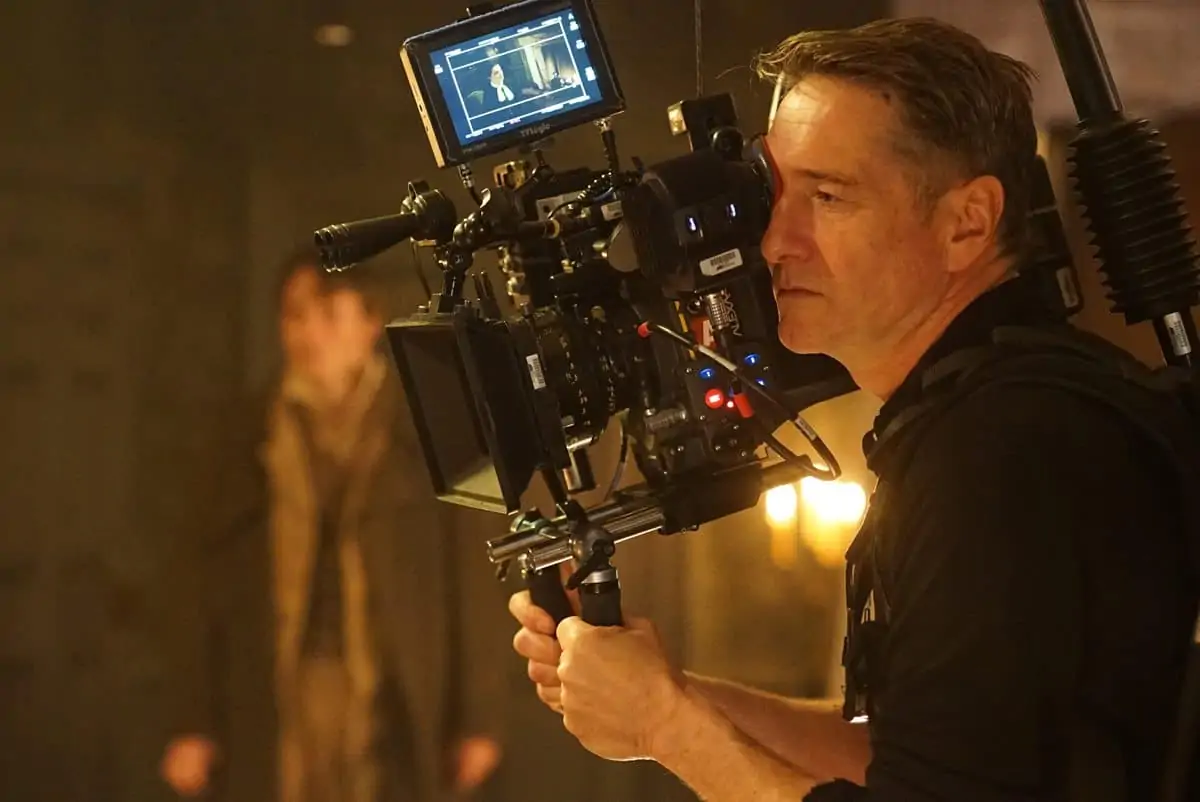Balancing Acts
President's Perspective / Mike Eley BSC
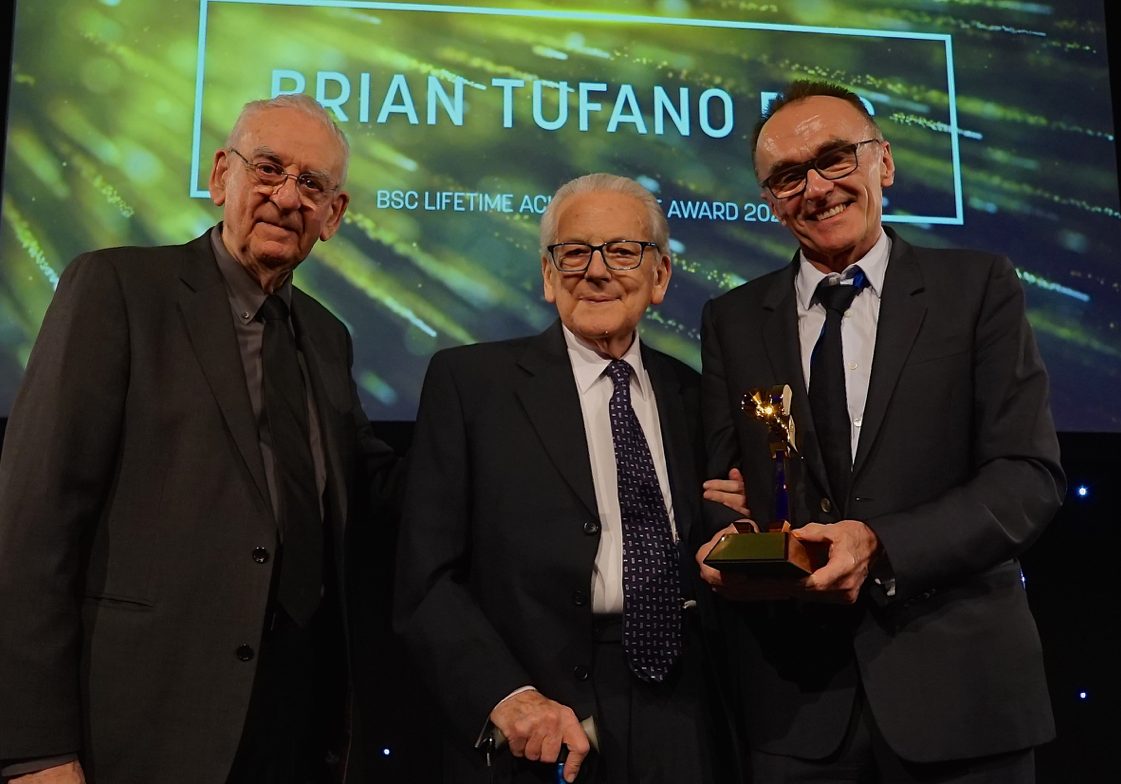
Balancing Acts
President's Perspective / Mike Eley BSC
Lead image: Credit - Richard Blanshard
The second BSC Awards Night was held on February 15th at the Grosvenor House Hotel. After last year's inaugural event, it was great to see the same energy taken forward by all involved at which we all hope will be an annual celebration.
This year we were honoured to have with us director Danny Boyle as our special guest. He was on stage to present Brian Tufano BSC (above) with a Lifetime Achievement Award, one earned for not only his cinematography on films such as Quadrophenia (1979), Trainspotting (1996) and Billy Elliott (2000) (to name but three in an illustrious career), but also his work as a teacher at the National Film & Television School. The room stood as one to applaud a man who, approaching the end of a shooting career, decided to give back to the industry. It was a lovely moment.
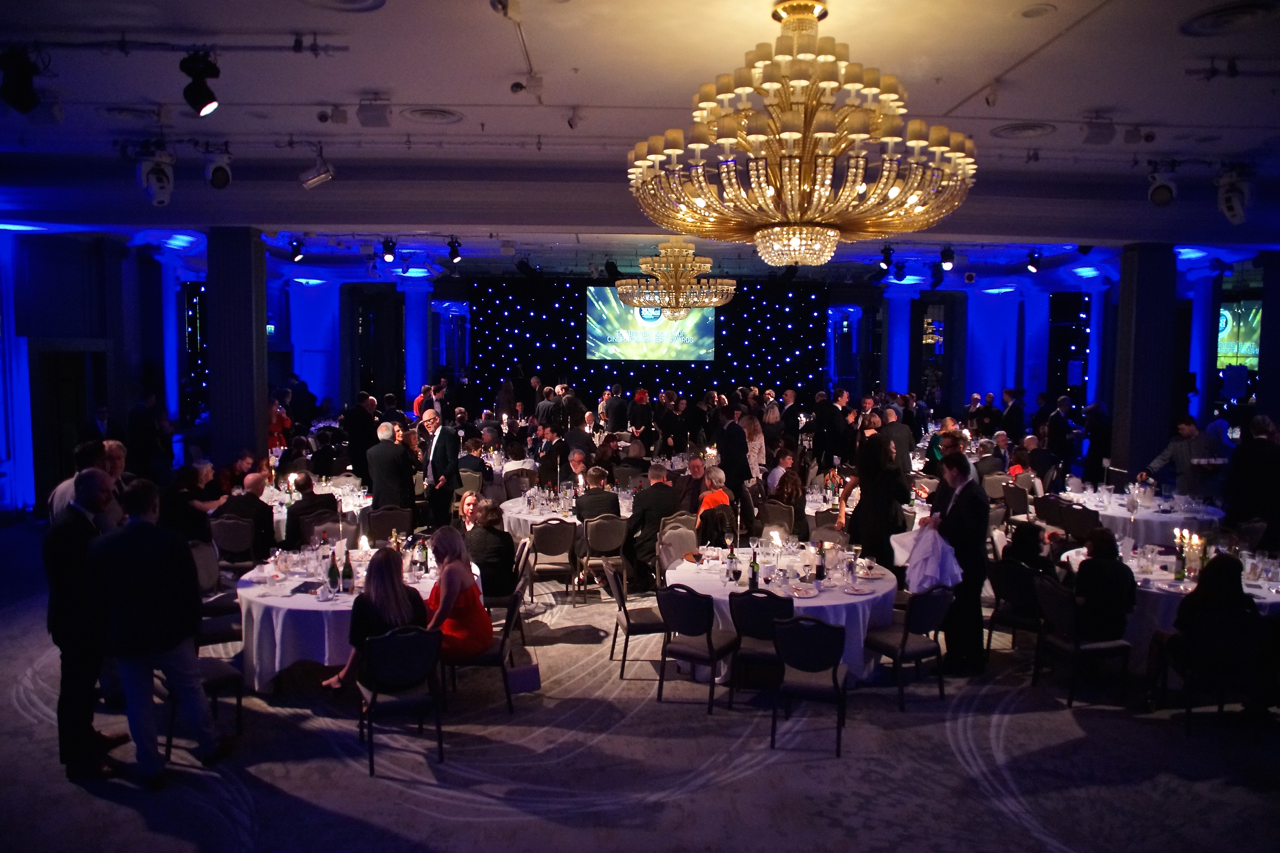
It was quite a night for the NFTS, for it also received a Special Achievement Award for its contribution to cinematography and the education thereof. As Gavin Finney BSC said in his citation, "A quarter of current BSC members owe the start of their career (to the school). 80% of the women invited to become members of the BSC are graduates, as was Sue Gibson BSC, our first female president".
The NFTS really is a jewel in the crown of the UK film industry and the BSC is proud of its connections. I believe it will be incumbent on the society, in the future, to see that this connection is strengthened and made more visible by on-going commitments. Watch this space.
It was therefore fitting that the recipient of the Best Cinematography In A Feature on the night went to NFTS alumni Roger Deakins CBE BSC ASC, thereby scoring a clean sweep of ASC, BAFTA, Academy and BSC Awards for his outstanding work on 1917. Roger's brilliant virtuosity on Sam Mendes' epic brought to the fore, for the general cinema-going public, an appreciation of camerawork and visual storytelling in a way that is rarely seen. There is the argument in our world that states if you notice it (i.e. if the cinematography is in anyway 'showy') then it has failed an essential test of the discipline. Yes, and No. All I would say is that when technique and craft are so intimately entwined with story, and what I can only describe as 'honest intent' (the director has to rely on the audience to define that), then you get an immersive experience the like of which only cinema can deliver. Congratulations to all involved on 1917. If ever a film appears to rely on collaboration and teamwork, it's that one. And how fitting that, as Roger was unable to attend, his key collaborators - camera operators Peter Cavaciuti and Charlie Rizek, plus gaffer John 'Biggles' Higgins - collected the award on his behalf.

"It's time for change and the best way, the only way, we are going to make it happen is if we dare to approach things differently."
- Mike Eley BSC
In March, IMAGO, the international federation of cinematographers, will elect a new president following the resignation of Paul René Roestad FNF. It is a crucial time for the federation after a fracture that saw two societies break-off relations. The recent decision by the ASC to join IMAGO as an associate member is indicative of its ambition to be truly-international. At the time of writing, final candidates have yet to be chosen and manifestos published, but whosoever receives the nomination and assumes the presidency, the BSC will back their enthusiastic and inclusive work to bring the family of societies back together again. More than at any time, the centre needs to hold.
Picture the scene: a cinematographer in discussion with an agent representing female technicians. The agent is putting forward candidates for an upcoming film on which the cinematographer will be working. The candidates are known to the cinematographer, since they have worked together before on previous projects, with great results. But this new upcoming project is different, says the cinematographer since, "the director wants the old gang back together again". The agent, despairing, replies with a voice that has heard that argument all too often. "But that's what we're trying to change", she says, "that old cliché". The words hit home. I know because I am that cinematographer. The way I so easily slipped into comfortable shoes because it worked last time and "everyone was happy" brought me up sharp.
It's time for change and the best way, the only way, we are going to make it happen is if we dare to approach things differently. Always keeping in mind that we didn't invade this Magic Kingdom (the film and television industry) and take it by the sheer force of our talent alone. We had help. We had mentors - even if they weren't officially so-called - and we had someone, somewhere, open the door wide enough for us to get our foot in. And then some.
If the gender imbalance of the camera department is to be corrected, those who fill the positions on-set are going to have to slip off the so-called comfortable shoes (aka lazy thinking) and believe they can make a difference. More importantly, make a difference with absolutely zero compromise. There is serious talent out there waiting to get a shot - and then a second shot, and a third, and more - at showing what they can do. We can only benefit.
Mike Eley BSC

